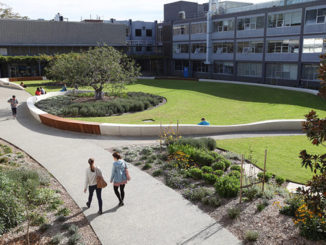For once it is not buildings that are sprouting up on the Vitra Campus in Weil am Rhein, but plants: situated between the VitraHaus and the production facility by Alvaro Siza, the 4000 m2 garden designed by Piet Oudolf in 2020 is now blossoming in all its variety.
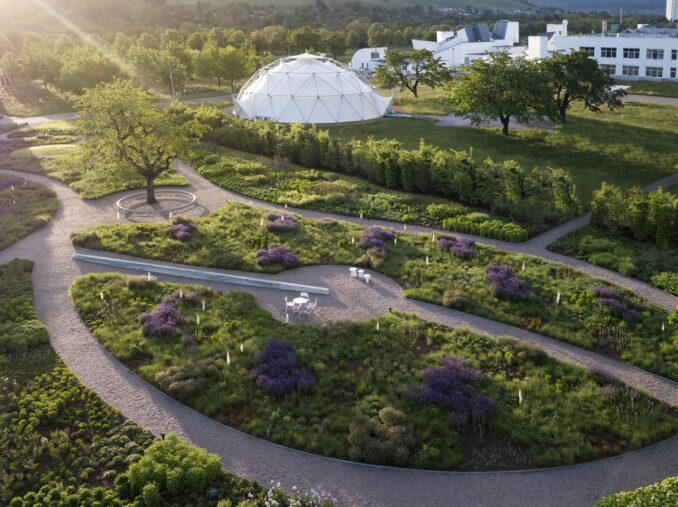
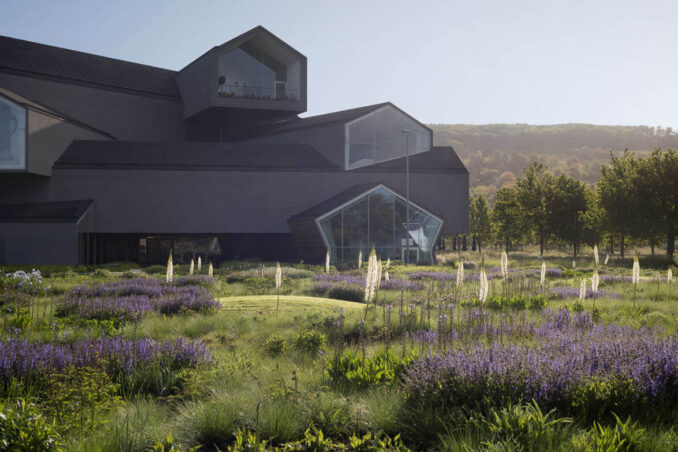
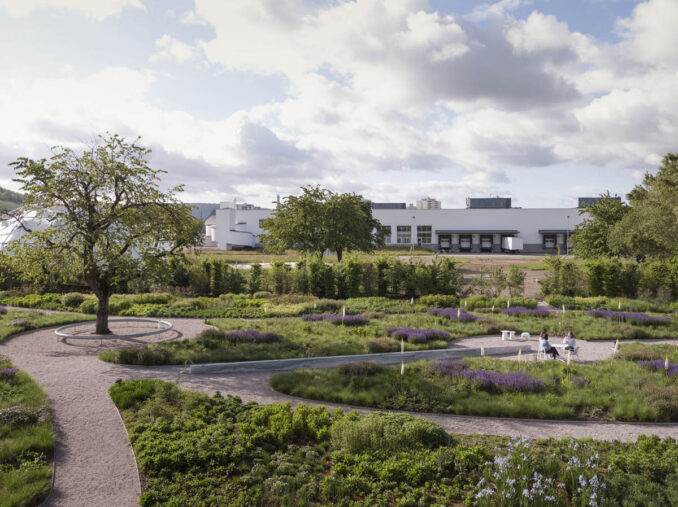
A garden created by Dutch designer Piet Oudolf was planted on the Vitra Campus in Weil am Rhein in May 2020. The artfully composed wilderness will be in full bloom from summer to early autumn 2021.
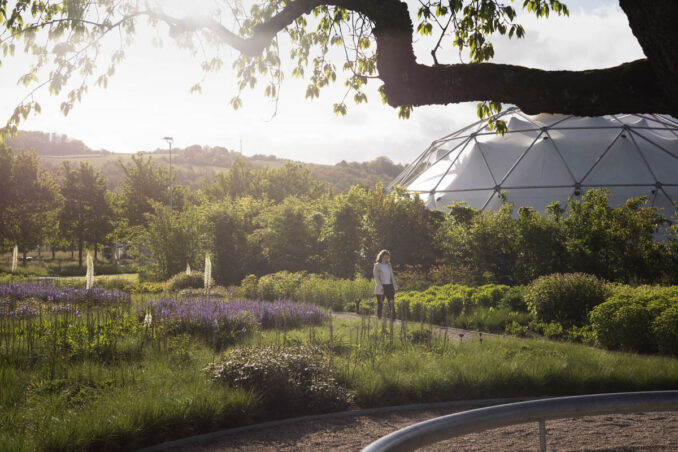
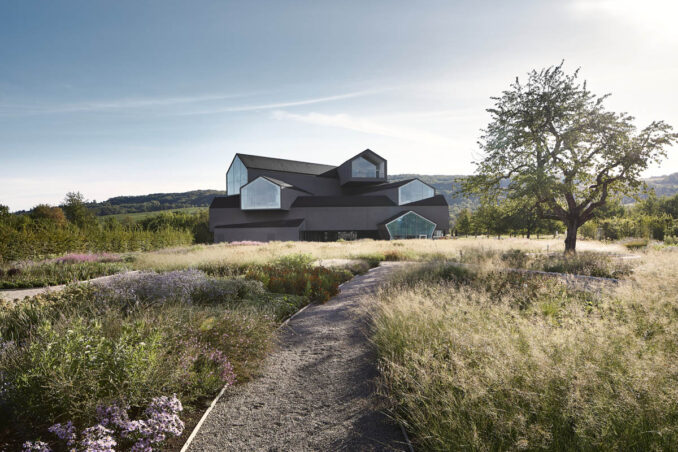
Dutchman Piet Oudolf is regarded as a pioneer for a generation of garden designers who in the late 1980s began to question conventional practices, finding traditional landscape gardening too decorative, labour intensive and resource-consuming. Instead, they turned to perennial, often self-regenerating plants, shrubs, grasses, bushes and wildflowers, which had been long ignored as garden plants, and favoured equally unconventional layout of the plantings. Oudolf does not see himself as the founder of a movement. ‘I leave it to others to say what I am. For some people, I’m just a gardener’, he remarks matter-of-factly. A gardener, however, who has been entrusted with the design of public gardens around the world over the post decodes – including commissions for Houser & Wirth Somerset, the Serpentine Galleries and the Venice Biennale – and whose ‘High Line’ in New York initiated a new discourse on gardening in the city.
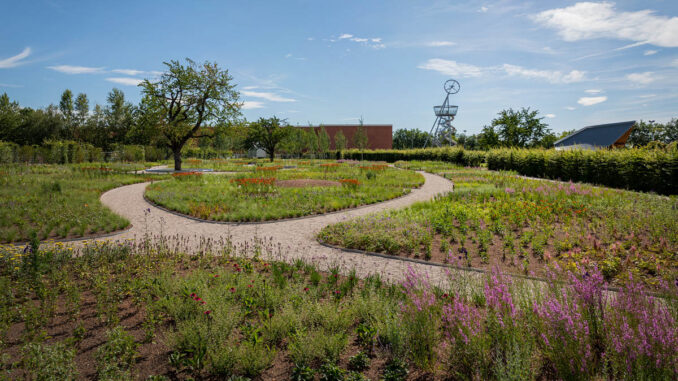
‘In the first decades of the Vitra Campus’s development, landscape design was not an issue. It was only in the course of connecting the northern and southern parts of the Campus, when the projects by Alvaro Siza (Siza Promenade) and Gunther Vogt were commissioned, that landscape interventions were first implemented. Piet Oudolfs garden has added a fresh dimension to the Campus and opens up a new, ever-changing experience for visitors: explains Rolf Fehlboum, Chairman Emeritus of Vitra.
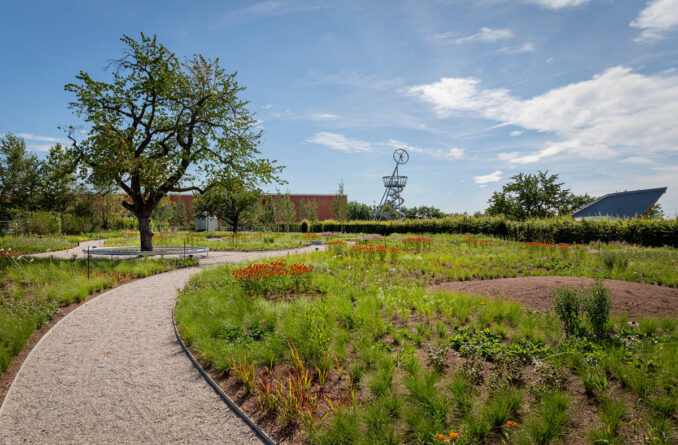
What Oudolf s projects have in common is the idea of a landscape that looks wild and untamed, but which could not exist in this form without meticulous planning. His designs play with certain societal notions of wilderness. Tm really just trying to turn people’s fantasies into reality: he says. Yet his gardens ore not wild at all. Rather, he strives to achieve a balanced composition or ‘community’ as he calls it, of plants with distinct strengths and weaknesses and different flowering periods and life cycles, so that his gardens provide a sensual experience all year round and accentuate decoy as much as high-season phases.
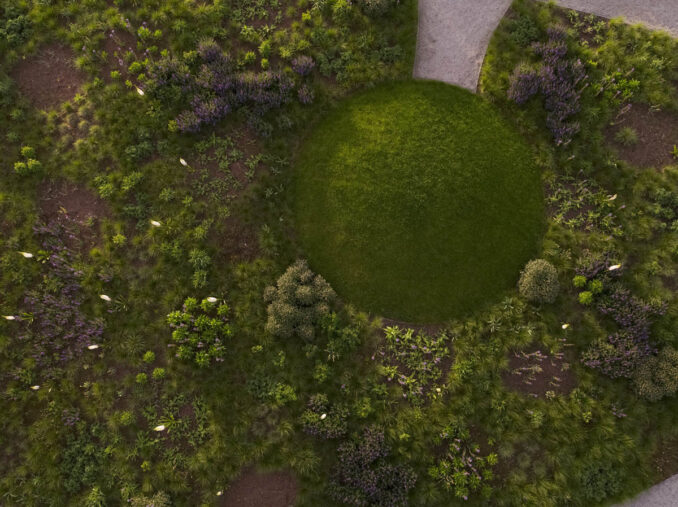
This requires painstaking organisation, involving a precise timetable and an intensive search for the right plants, in addition to a planting scheme that, in the case of Piet Oudolf, looks like a work of art in itself. The same can be said of the drawing that forms the basis for Oudolf s project on the Vitra Campus. Around 30,000 plants have been used, including specimens with such mysterious names as Persicaria amplexicaule ‘Alba’, Echinacea pallida ‘Hula Dancer’ or Malino purple moor grass (‘Moorhexe’). They supply the framework for the garden, which largely dispenses with built structures, but also declines to serve as mere decoration for the surrounding architecture. Instead, the landscaping complements the buildings and imbues them with new perspectives, as Oudolf emphasises. The garden aims to draw the visitor’s attention away from the buildings and down to the ground, creating a state of inspiring disorientation. The viewer walks between the plants along winding paths – searching in vain for a strict geometry with straight lines and a clear focal point. ‘I want people to lose themselves in the garden instead of just passing through it’, says Oudolf, who is keen to ensure that visitors to his gardens experience the same thing he does – namely an encounter that is both aesthetic and emotional.
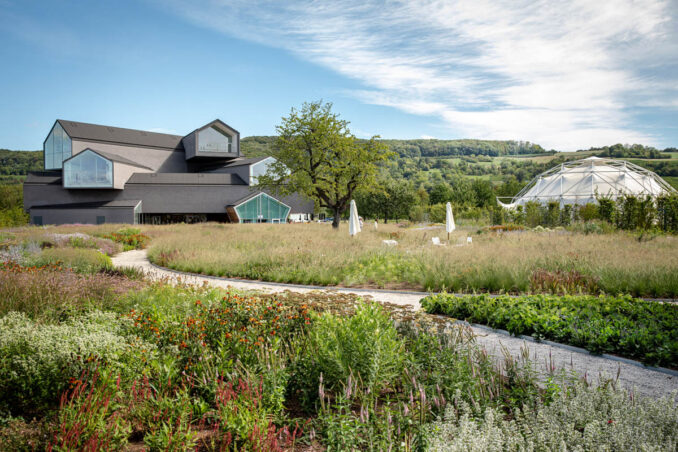
For Piet Oudolf, a former bartender and fishmonger, plants are more than just organic matter that he uses to embellish his gardens. His relationship with the plant world, he says, borders on obsession. His expertise meanwhile rivals that of a botanist, but he applies it more in the manner of a theatre director. To me, plants are personalities that I can use and arrange according to their appearance and behaviour. Each one “performs” in its own way, but in the end, an interesting play needs to emerge from it.’
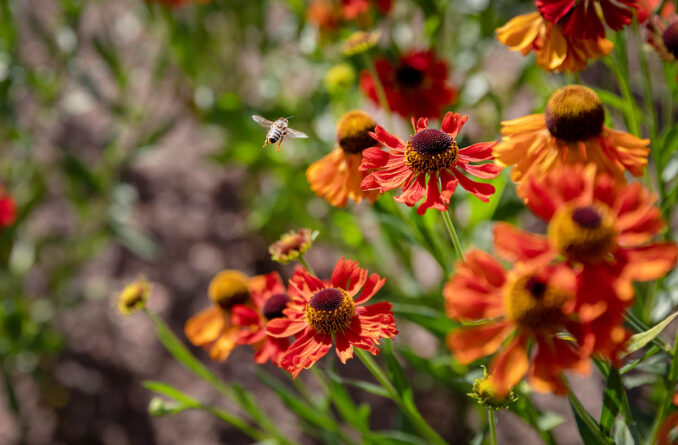
Bees have also been kept on the Vitra Campus since 2020: beehives ore located next to the Oudolf Garten and house a population that is expected to reach a total of six colonies in the not-too-distant future. The bees are kept according to a combined nesting method that allows them to build natural honeycombs at the bottom of the beehive.
Two Vitra employees, who are trained opiculturists, look after the bee colonies. The beehives are coated with colourful, natural, eco-friendly point – and visitors to the campus are requested to not get closer than photo distance.
Vitra Campus – Oudolf Garten
Designer: Piet Oudolf

